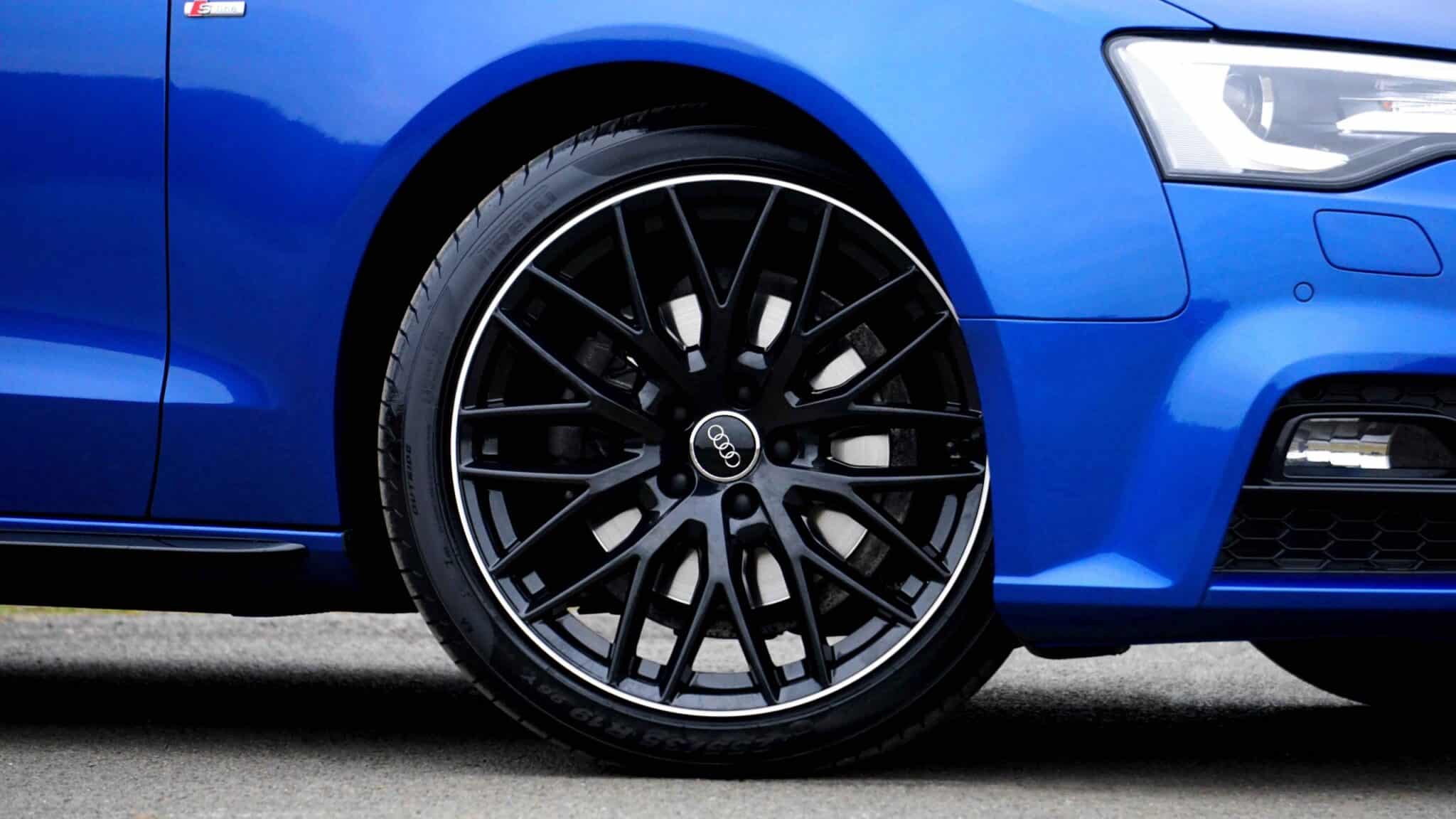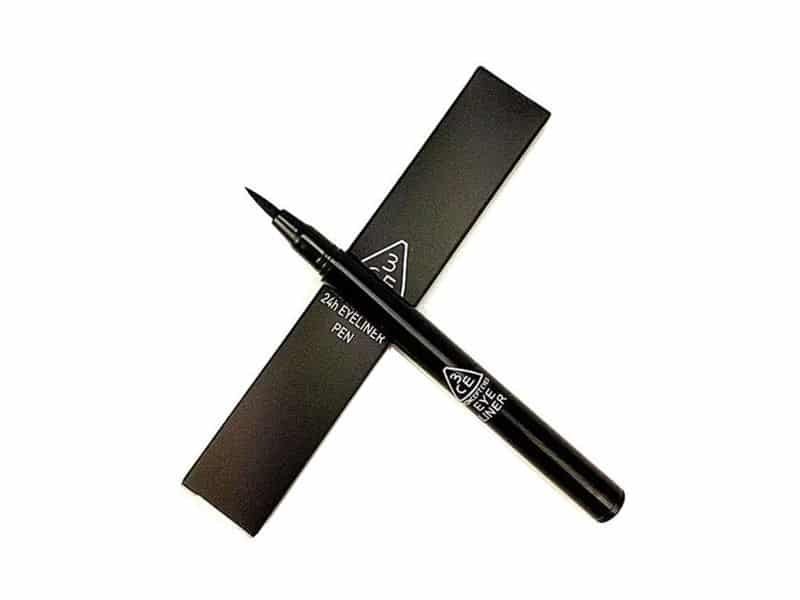Tires of a car undergo wear and tear depending on the usage and type of terrain used for regular commute. The usual life span of a tire is 5-6 years and car owners can ensure that it reaches this if they maintain them. Maintenance and care can help car owners prolong the life span of the tires. For some car owners, it is hard to keep a track of when they purchased the new set for this, they can check the numbers mentioned on the sidewall. The numbers mentioned next to the letter DOT indicate the week and year that the tire was manufactured.
They should keep a check on the tire pressure and the overall condition of the wheel. If you spot uneven wear, there may be a problem with the suspension. Some car owners are unable to decide if the car tires are completely worn out and need to be replaced or they can be used for some time before they need to be replaced. In case of such uncertainty, it is best to consult a mechanic to avoid any safety hazard that a damaged wheel may pose.
The following factors should also be considered when deciding if it is the right time to change the tires.
The Treads of a Tire
The car tires have treads that determine the wheel’s ability to maintain grip when driving over wet terrains. When the tires begin to show treads, car owners need to keep a check. In case, the tread depth exceeds 1.6mm, it means that the tire is completely worn and needs to be replaced. In some countries, the traffic authority fines motorists who are driving cars with tread damage. The depth of the tread can be checked using a tread depth gauge which is a small tool that can be easily stored in the glove compartment of the car. Otherwise, it can be checked using the penny method which entails that you place the penny between the grooves of the tire. If you can see the head of the engravement on the penny, it means the tire is completely worn and needs to be replaced. If the head is covered then it means that the tire has some time as it has about 2/32 inch of tread depth left. You do not need new tires, but it will be best to have a mechanic check them.
Tread wear should not be taken lightly as it is a major safety hazard and puts the stability of the vehicle at risk during adverse climate conditions such as thunderstorms and snow. A worn-out tire will not be able to maintain a good grip on wet roads and the car is at risk of skidding or slipping. Driving a car with tread wear can also put pressure on other parts of the vehicle that will begin to wear due to this.
Wear and Damage to the Tire
Normally, tires can last for 5-6 years, but it is an ideal case. If the wheels are in good condition beyond this threshold they can be used. In such cases, car manufacturers recommend using wheels for 10 years at the most, and then they should be replaced. The rubber is bound to disintegrate beyond this time span making wheels unreliable. You can check the owner’s manual for further guidance. Car owners can check the age of the wheels to get an idea about how old their tires are, but this should not be the only metric considered.
Although this is a rule of thumb given by manufacturers, car owners need to keep checking the car tires for damage and assess the condition of the car. Uneven wear can also lead to the tire becoming worn out faster. In case the car was in an accident and the tires experienced an impact, it is best to get them checked and replaced, if needed. If the tires have deep cuts or any other kind of damage, it should not be ignored. For drivers who drive on rough terrains regularly, they will need to replace the wheels more frequently than a vehicle that is driven on well-paved city roads.
At times, some cars are left parked for months as they are not in use. This can also become the reason for uneven wear as the weight of the vehicle will be only on one spot. It is best to keep rotating the wheels so that they wear evenly. to minimize damage, consider driving the car even if it is around the block occasionally. Furthermore, car owners who are about to resume using their cars after a hiatus should always check the condition of the car especially the tires before they do.
Impact of Weather on Tires
Tires are impacted by the climate conditions of your country as well. Normally, constant exposure to extreme heat is considered detrimental for the tires. The UV rays of the sun and heat contribute to structural changes to the tires. So, motorists residing in countries with extreme heat need to pay special attention to car wheels.
How you Drive the Car
Some motorists tend to be careless while driving and end up crashing the vehicle into sidewalks. This results in the wheels enduring the impact of the crash and causing wear. Other than that, emergency braking and quick starting the vehicle very often negatively impact the tires. Delaying regular servicing and neglecting the vehicle despite noticing vibrations and noises from tires.
Final Takeaway
Caring for car tires can prove beneficial for the overall performance, fuel economy, and safety of the vehicle. One of the aspects of tire care is replacing them when they are completely worn, otherwise, motorists are putting their lives and others on the road at risk. The indicators mentioned above can help car owners decide when it is the right time for car tires to be replaced. For best results, consider replacing the tires in a set. It will ensure the right balance of the vehicle and deliver a smooth ride.




